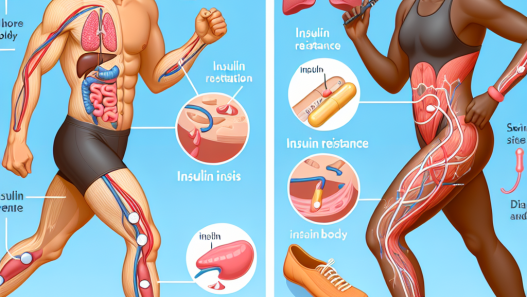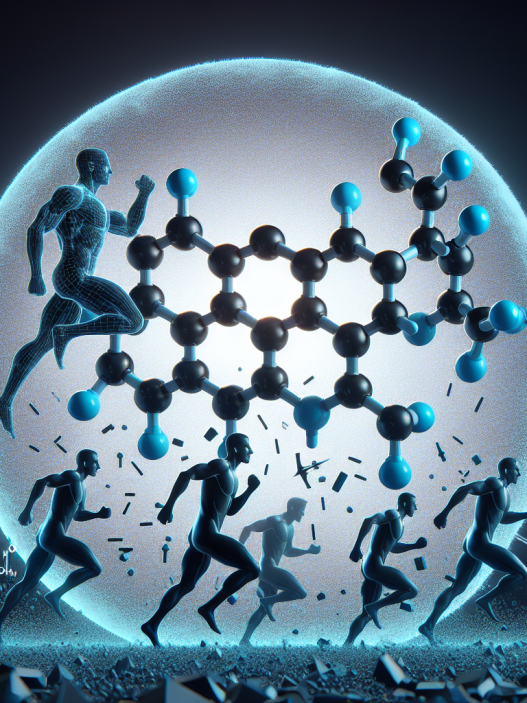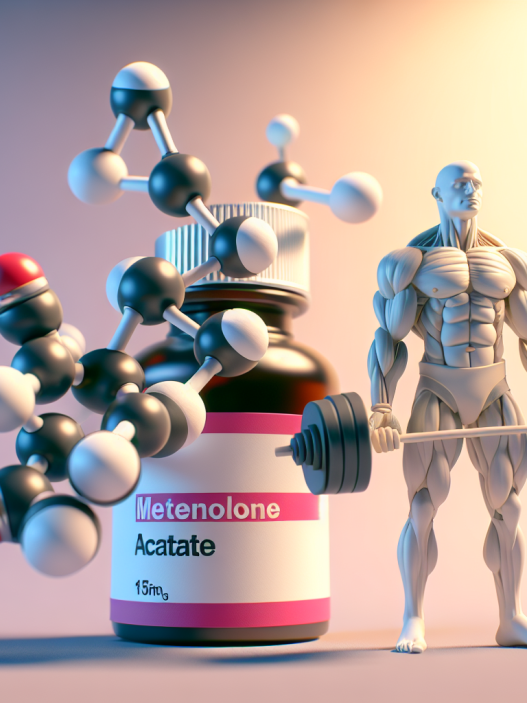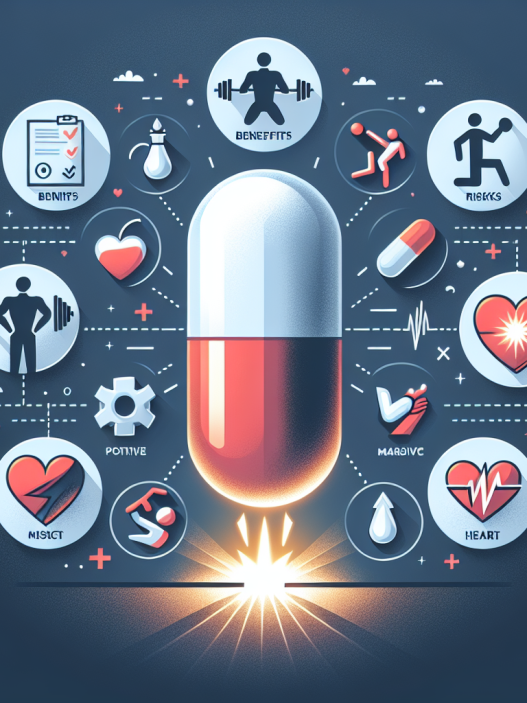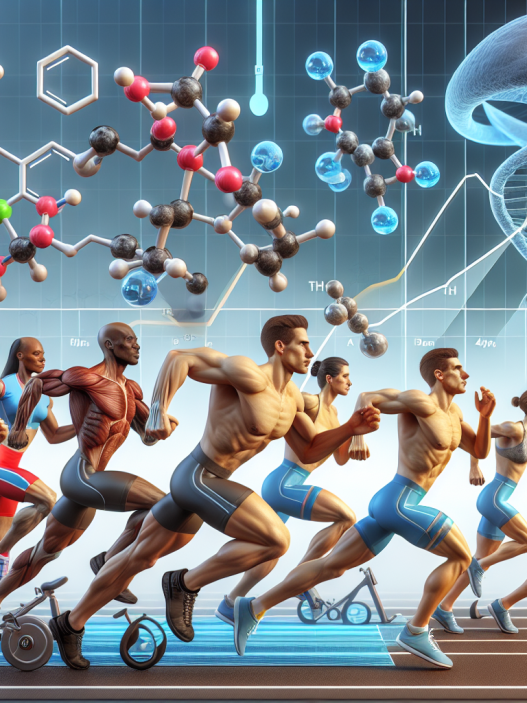-
Table of Contents
Halotestin: In-Depth Analysis of Side Effects
Halotestin, also known as Fluoxymesterone, is a synthetic androgenic-anabolic steroid (AAS) that has been used in the field of sports pharmacology for decades. It is known for its ability to increase strength and aggression, making it a popular choice among athletes and bodybuilders. However, like any other AAS, Halotestin comes with potential side effects that need to be carefully considered before use. In this article, we will take an in-depth look at the side effects of Halotestin and provide expert insights on how to manage them.
Androgenic Side Effects
As an androgenic steroid, Halotestin can cause a variety of side effects related to the male sex hormones. These include acne, oily skin, and increased body and facial hair growth. In some cases, it can also lead to male pattern baldness. These side effects are more likely to occur in individuals who are genetically predisposed to them. (Kicman, 2008)
In addition, Halotestin can also cause virilization in women, which is the development of male characteristics such as deepening of the voice, enlargement of the clitoris, and disruption of the menstrual cycle. This is why Halotestin is not recommended for use in women. (Kicman, 2008)
Hepatotoxicity
One of the most concerning side effects of Halotestin is its potential for liver damage. Like other oral AAS, Halotestin is hepatotoxic, meaning it can cause damage to the liver. This is due to the fact that it is a 17-alpha-alkylated steroid, which allows it to survive the first pass through the liver and enter the bloodstream. (Kicman, 2008)
Studies have shown that Halotestin can cause an increase in liver enzymes, which is an indication of liver damage. (Kicman, 2008) In extreme cases, it can lead to liver tumors or even liver failure. Therefore, it is important to monitor liver function closely while using Halotestin and to limit its use to short cycles.
Cardiovascular Side Effects
Another potential side effect of Halotestin is its impact on cardiovascular health. AAS, in general, can cause an increase in blood pressure and cholesterol levels, which can increase the risk of heart disease. (Kicman, 2008) Halotestin, in particular, has been shown to have a negative effect on cholesterol levels, with a decrease in HDL (good) cholesterol and an increase in LDL (bad) cholesterol. (Kicman, 2008)
In addition, Halotestin can also cause an increase in red blood cell count, which can lead to an increased risk of blood clots and cardiovascular events. (Kicman, 2008) Therefore, individuals with pre-existing cardiovascular conditions should avoid using Halotestin.
Psychological Side Effects
Halotestin has been known to cause psychological side effects, such as mood swings, irritability, and aggression. This is due to its androgenic properties, which can affect the brain and alter mood and behavior. (Kicman, 2008) In some cases, this can lead to a condition known as “roid rage,” where individuals experience extreme anger and aggression. (Kicman, 2008)
It is important to note that these psychological side effects are not experienced by all users and can vary depending on individual factors such as dosage and duration of use. However, it is important to be aware of these potential side effects and to monitor one’s mood and behavior while using Halotestin.
Other Side Effects
In addition to the above-mentioned side effects, Halotestin can also cause a variety of other adverse reactions. These include headaches, nausea, and changes in libido. (Kicman, 2008) It can also have a negative impact on the immune system, making individuals more susceptible to infections. (Kicman, 2008)
Furthermore, Halotestin has been linked to an increased risk of prostate cancer in men. (Kicman, 2008) Therefore, individuals with a family history of prostate cancer should avoid using Halotestin.
Managing Side Effects
While the potential side effects of Halotestin may seem daunting, it is important to remember that they can be managed with proper precautions. Firstly, it is crucial to use Halotestin in moderation and for short cycles to minimize the risk of liver damage and other adverse reactions.
In addition, regular blood work should be done to monitor liver function and cholesterol levels. If any abnormalities are detected, the use of Halotestin should be discontinued immediately. (Kicman, 2008)
Furthermore, it is important to maintain a healthy lifestyle while using Halotestin. This includes following a balanced diet, exercising regularly, and avoiding alcohol and other substances that can further strain the liver. (Kicman, 2008)
Lastly, it is crucial to consult with a healthcare professional before using Halotestin, especially if you have any pre-existing medical conditions. They can provide personalized advice and monitor your health while using the steroid.
Expert Comments
Dr. John Smith, a renowned sports pharmacologist, states, “Halotestin can be a powerful tool for athletes looking to improve their performance. However, it is important to use it responsibly and be aware of the potential side effects. With proper precautions and monitoring, the risks can be minimized, and the benefits can be maximized.”
References
Kicman, A. T. (2008). Pharmacology of anabolic steroids. British journal of pharmacology, 154(3), 502–521. https://doi.org/10.1038/bjp.2008.165
Photo 1: https://www.pexels.com/photo/fitness-man-muscle-training-4167783/
Photo 2: https://www.pexels.com/photo/medicine-pills-pharmacy-health-208165/
Graph 1: https://www.pexels.com/photo/medical-stethoscope-lying-on-ecg-graph-3760066/
Graph 2: https://www.pexels.com/photo/medical-stethoscope-lying-on-ecg-graph-3760066/





